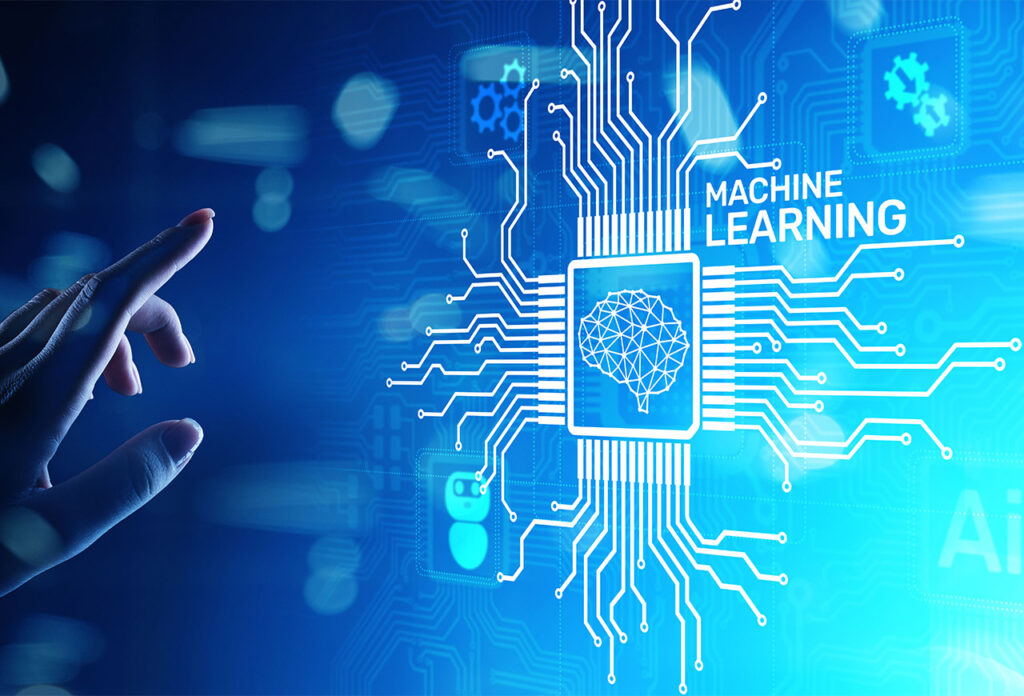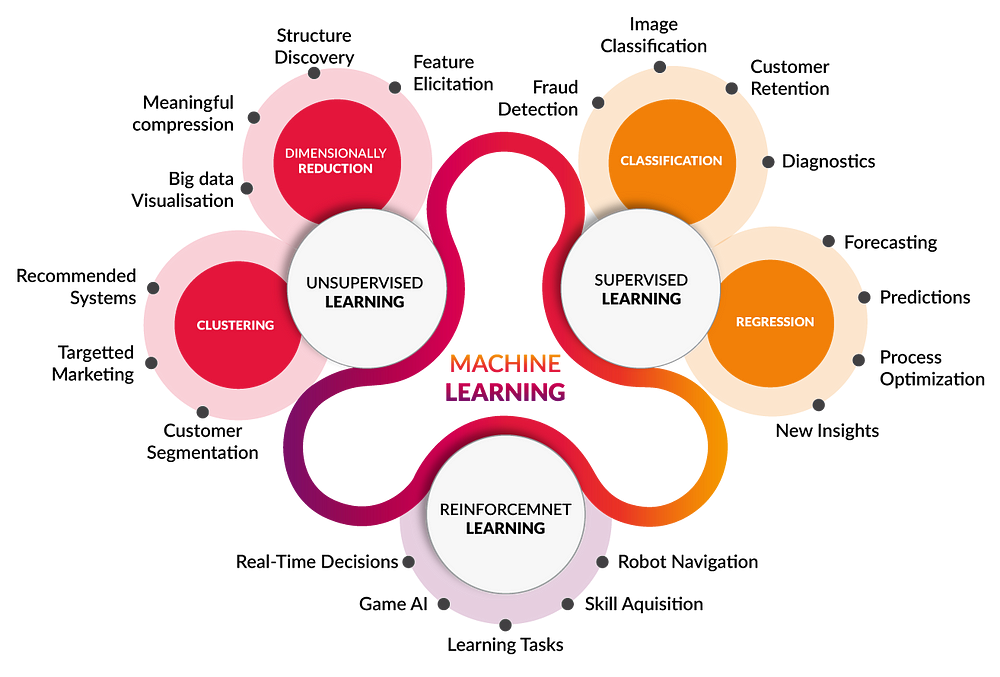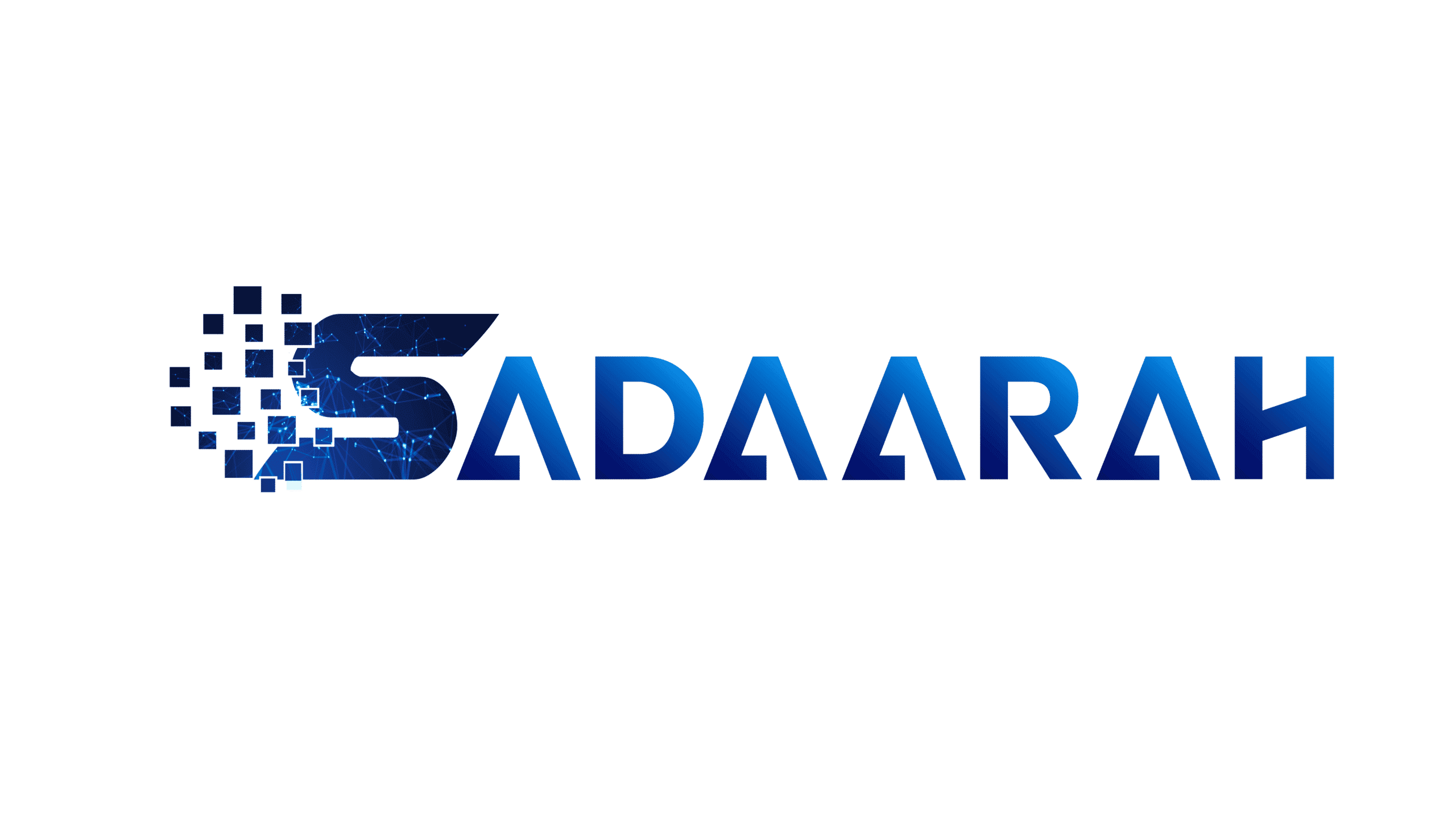No products in the cart.
Machine Learning
Machine learning is a subset of artificial intelligence (AI) that enables systems to learn from data and improve performance on specific tasks without being explicitly programmed. It focuses on developing algorithms and models that allow computers to learn patterns and insights from data, make predictions or decisions, and adapt autonomously over time.

Features
Automation
By automating the process of learning from data, machine learning algorithms lessen the need for human programming and allow systems to gradually perform better.
Dedicated IP
Cloud services provide adaptable solutions that can accommodate different service options and deployment patterns to meet the demands of a wide range of users.
Adaptability
Machine learning models are useful in dynamic and developing contexts because they can adjust to new data and changing surroundings.
Generalization
In order to make predictions on fresh, unknown data, machine learning models generalize patterns discovered from training data, which enables them to perform well on tasks outside of the training set.
Prediction and Decision-making
Machine learning facilitates processes like categorization, regression, and grouping by allowing computers to make judgments or predictions based on observed patterns and insights.
Feedback Loop
A feedback loop, which compares predictions or judgments to actual results, is a feature of many machine learning systems that allows for ongoing model improvement and modification.
Types of Machine
Types of Machine Learning
It appears that your inquiry relates to the classifications or varieties of machine learning. Three primary categories may be used to broadly classify machine learning:
Supervised Learning: The method learns from labeled data in supervised learning, where each sample is matched with a goal label or result. The algorithm’s goal is to become proficient at mapping input data to output labels so that it can forecast previously unknown data. Regression and classification are frequent tasks.
Unsupervised Learning: Unsupervised learning is the process of learning from unlabeled data in which the algorithm searches the data for links, patterns, or structures without the need for human intervention. Tasks including anomaly detection, dimensionality reduction, and grouping frequently employ this kind of learning.
Reinforcement Learning:Reinforcement learning is the process of learning to accomplish a goal by interacting with the environment. By getting feedback in the form of incentives or punishments, the algorithm is trained to make judgments or execute actions. Through trial and error, the algorithm eventually seeks to maximize cumulative rewards.

Benefits
Automation
By identifying patterns in data, machine learning reduces the need for human interaction and increases productivity, allowing jobs to be automated.
Data-driven Insights
Through the extraction of insightful knowledge from data, machine learning enables firms to identify latent patterns or trends and make well-informed decisions.
Personalization
By evaluating user behavior and preferences to customize suggestions, services, and goods, machine learning makes personalized experiences possible.
Improved Efficiency
Machine learning may boost productivity and efficiency across a range of businesses by streamlining workflows and processes, which can result in cost savings and competitive advantages.
Predictive Analytics
Predictive analytics is made easier by machine learning, which makes precise predictions about future patterns and outcomes based on previous data.
Scalability
Large and complicated datasets may be handled by machine learning models, enabling effective processing and analysis of enormous volumes of data.
Innovation
By facilitating the creation of novel goods, services, and applications that make use of sophisticated analytics and automation capabilities, machine learning promotes innovation.
Enhanced Security
By identifying and reacting to security threats instantly, machine learning improves security by assisting companies in properly identifying and mitigating possible hazards.




